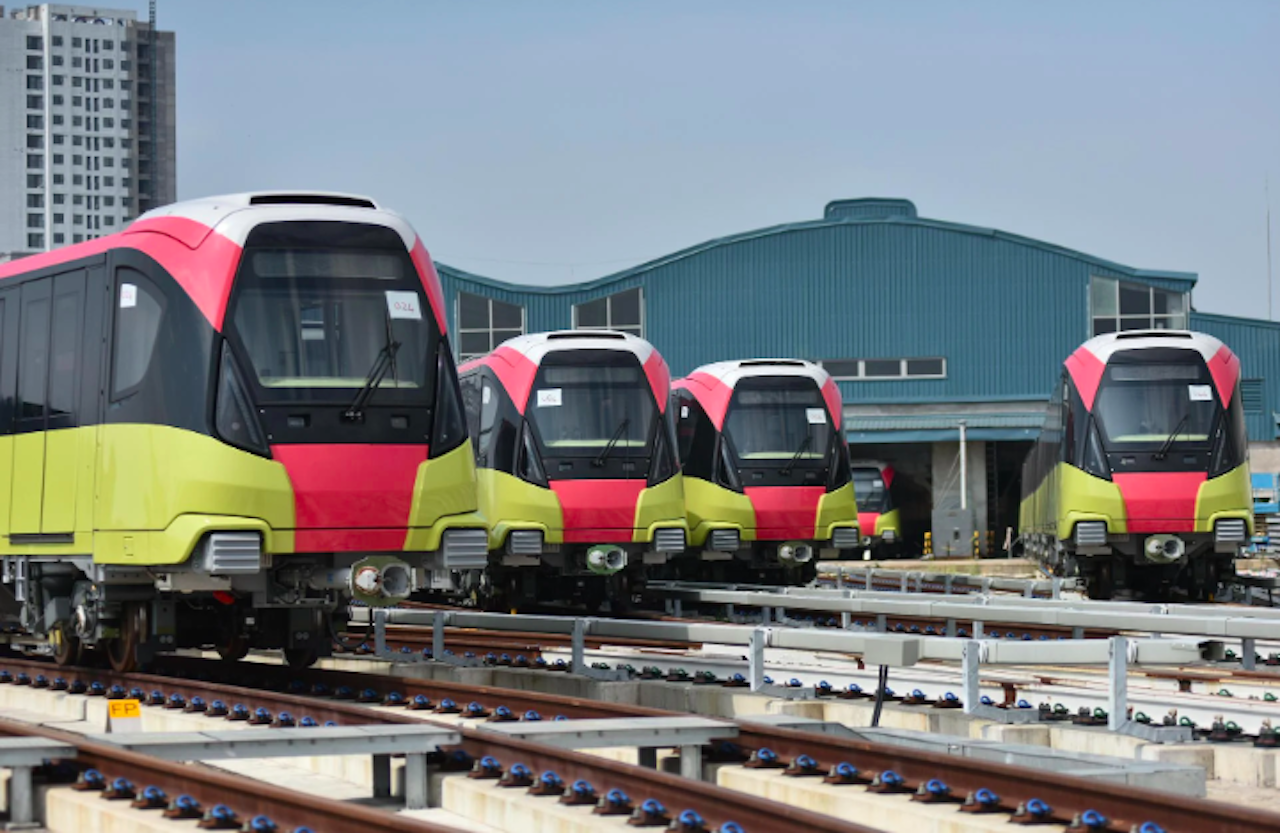Associate Professor Dr. Nguyen Chi Sang believes that building a modern high-speed railway system must go hand in hand with developing a domestic railway industry.
Strategic planning and clearly defined policies are key to creating a sustainable and competitive industry for Vietnamese enterprises.

The Ministry of Construction is currently collecting feedback on a draft decree that outlines criteria for selecting organizations and businesses to be commissioned to provide services and industrial products for the railway sector.
The proposed decree specifies that enterprises selected to manufacture high-speed railway components - such as rails, switches, and connection accessories - must meet a range of technical and operational conditions.
These include possessing modern production processes and technologies, the ability to customize products based on the ordering organization’s specific requirements, and a commitment to comply with relevant standards and technical regulations. Companies must also implement strict quality control procedures and hold certificates of conformity issued by recognized assessment organizations.
Clear orientation needed for domestic businesses
Based on lessons from countries with advanced railway industries, Dr. Nguyen Chi Sang, Chairman of the Vietnam Association of Mechanical Enterprises, stressed that infrastructure investment must be paired with the simultaneous development of local industrial capacity.
He proposed a comprehensive national strategy to both seize upcoming opportunities and enhance enterprise capabilities, allowing Vietnam to gradually master key technologies.
“What businesses need most is not financial support from the state, but a clear direction that ensures long-term investment sustainability. When given a specific roadmap, enterprises are willing to invest in developing production capabilities and even shift investment models to meet market demands,” he said.
Dr. Sang also supported the idea of assigning tasks to core enterprises that can lead the domestic railway industry. These enterprises could take on essential responsibilities such as manufacturing rails, locomotives, carriages, and tunnel construction technology.
In fact, some Vietnamese companies already have experience in repairing and manufacturing locomotives and carriages, as well as designing and constructing railway infrastructure. With proper preparation, they could also engage in consulting, project management, equipment fabrication, and signaling system development.
From another perspective, Professor Dr. Hoang Van Cuong, National Assembly delegate for Hanoi and former Vice Rector of the National Economics University, emphasized that countries seeking to localize or protect domestic production typically introduce technical standards for their sectors, creating a framework that domestic enterprises can meet to participate in major projects.
"Vietnam should also develop technical standards requiring all project participants - both domestic and foreign - to comply. Under such a framework, developers would be required to source components from domestic companies capable of meeting those criteria."
He added that this would help form strong links between businesses, creating an ecosystem for the railway industry and encouraging the development of related sectors such as steel manufacturing and mechanical engineering.
According to Professor Cuong, this approach would make the domestic market more attractive to investors, including local businesses. A vibrant, competitive market would allow the government to choose from multiple qualified investors who can independently manage complex projects.
Vietnam's railway industry faces structural limitations
The Ministry of Construction acknowledged that Vietnam’s railway industry remains fragmented, with outdated and mismatched machinery that lacks synchronized technological investment. Most of the vehicles, equipment, and components still rely heavily on imports.
As Vietnam prepares to invest in the North-South high-speed railway, other national and local metro projects will also create a significant domestic market.
It is estimated that the domestic demand for carriages alone could generate a market value of around USD 16 billion, while the signaling and information systems sector could account for an additional USD 10 billion. This presents a crucial opportunity to foster the growth of Vietnam’s railway industry.
According to expert assessments, with the right policies, Vietnam could localize 50-60% of the mechanical work related to locomotives, carriages, and signaling systems. Maintenance and servicing operations could be fully managed domestically, given adequate technology transfer from international manufacturers.
N. Huyen